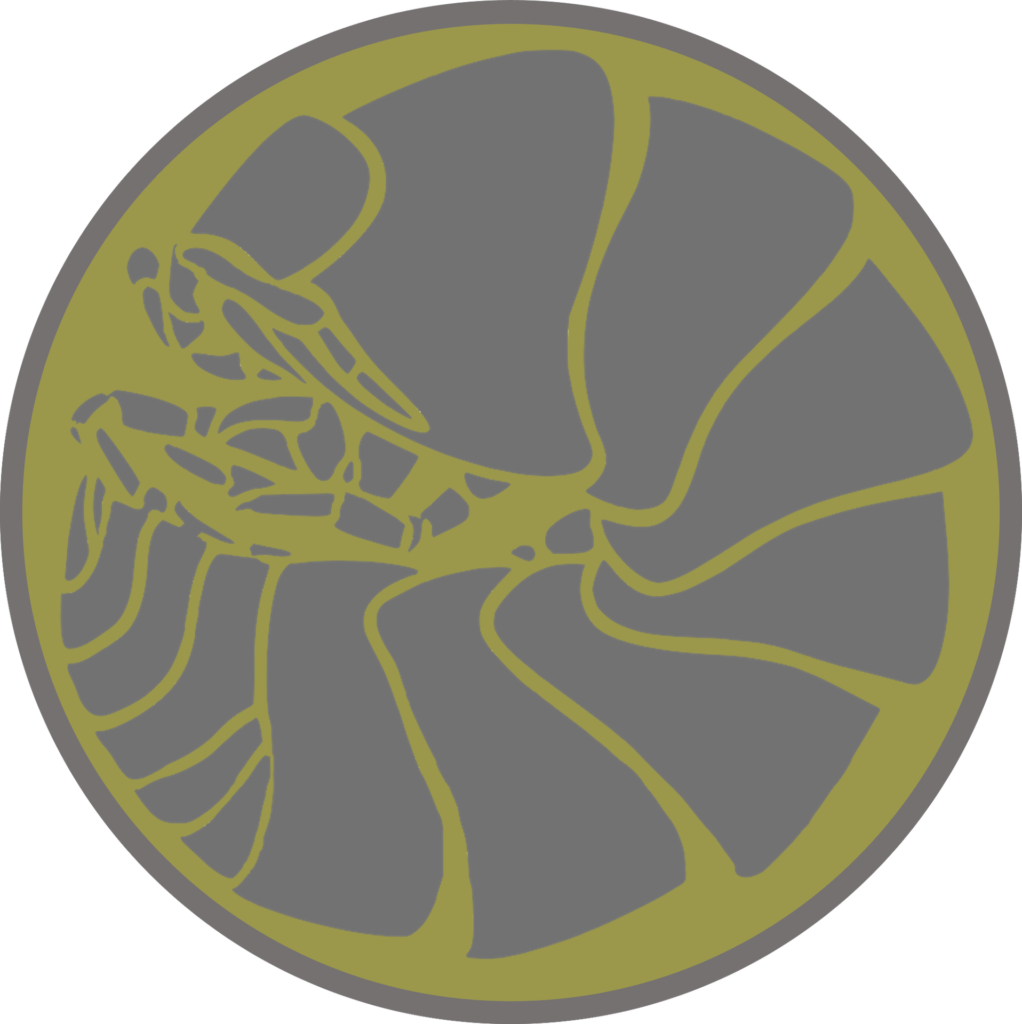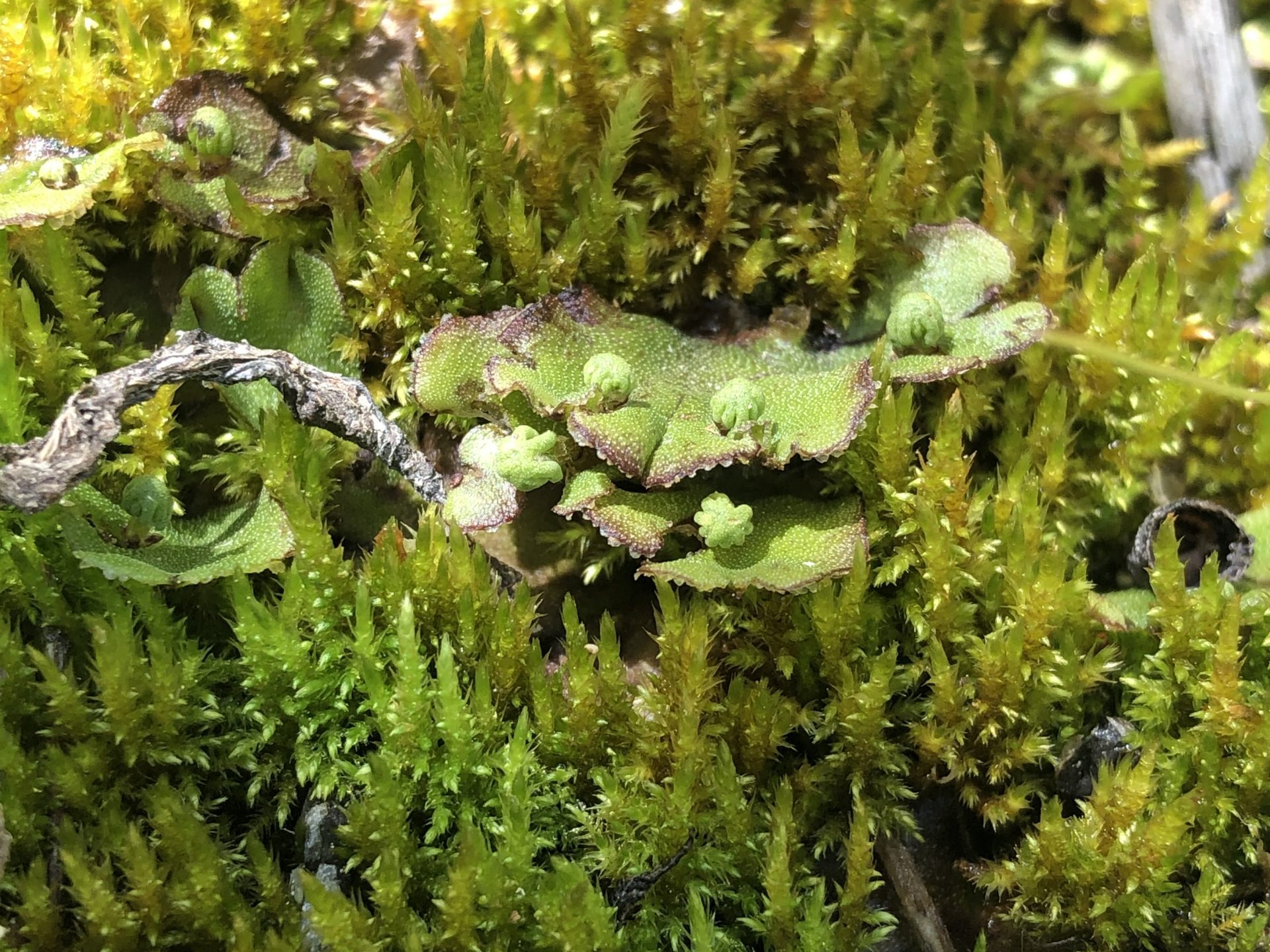

Drop us a message to get a current availability.
This French pillbug is a colorful, spotted species that may mimic the chemically protected pill millipedes. Armadillidium do not have any chemical protection of their own. Small specimens often burrow and make shallow tunnels, so it can be difficult to find specimens even in a tiny cage. It is relatively hardy and accepts limited ventilation. Females reproduce well, but not before reaching 14 mm or so.
Isopod Zoology: Biology, Husbandry, Species, and Cultivars, Orin McMonigle. 2019.
Preferred Food: Vegetables
This common name references the colorful spots on a clown’s outfit, but the coloration is thought to mimic the warning colors of the European black widow. These pillbug naturally occur in Albania, Croatia, Romania, and surrounding countries. Some spots, or rows of spots, are yellow and some are white, rarely all of one color on an animal. the body markings (otherwise called the skirt) can be red, brown, or lacking. Specimens can live up to two and a half years, but few live that long. This is the only Armadillium listed here that really does require added ventilation and dry and wet areas of the substrate for long term success.
Isopod Zoology: Biology, Husbandry, Species, and Cultivars, Orin McMonigle. 2019.
Preferred Food: Vegetables
Cultivars: The two main stocks are labeled after collection locations: Dubrovnik is a city in Croatia and Montenegro is a country in the Balkans. A color form isolated from ‘Montenegro’ that lacks the red margins is traded under the name ‘pudding.’ A red form of ‘Dubrovnik’ has th red color of the margins across the whole body (except the spots of course).
This spectacular-looking pillbug is proven to be a very hardy and fast breeding species that establishes quickly in culture. The stock originated in France, though the species also occurs in northern Italy. The normal pattern is a dark with light margins, similar to the warning colors of Glomeris marginata pill millipedes, through the band are broken up variably in different specimens. None of the terrestrial isopods are known to have any chemical protection, but glomerids produce a stick, poisonous secretion when attacked. Most live 18-24 months, very rarely 36 moths.
Isopod Zoology: Biology, Husbandry, Species, and Cultivars, Orin McMonigle. 2019.
Preferred Food: Vegetables
This pillbug is hardy and suited to a far greater variety of terraria than A. vulgar, because low ventilation and moisture are usually accepted and it does just as well in drier habitats. The large nose pillbug is often listed as the largest species in the genus (maximum 21mm versus 18mm for A. vulgate), but finding an old adult larger than 15 mm for either species is exceptional to the point of obscurity.
Tiny specimens often stay in ball for up to a few minutes, but adults usually unfurl after a few seconds. This species is fully capable of drawing in and completely sealing antennae within the sphere like the more familiar A. vulgar. Females can produce incredible numbers of maniac, but these often stay very small for months and months. The lifespan is around two years. It occurs across Northern Europe and has been introduced nearly worldwide =by man. Specimens are normally stripped, but solid grey animals are not difficult to find.
Isopod Zoology: Biology, Husbandry, Species, and Cultivars, Orin McMonigle. 2019.
Peach is the same gene as orange, but isolated from a different line by Orin McMonigle. This strain has members ranging from light yellow, to orange, to an almost deep red/purple.
Preferred Food: Vegetables
This species does well in terraria but requires some airflow. It reproduces very quickly in larger broods and can be a useful feeder. This Armadillidium from Italy and Croatia is best know for its heavily granulated appearance and unusual, narrow rostrum. Adults normally range in color from dark to light gray, while immatures are usually pale to chalky gray. So far there are no significant color reported color morphs. A dozen adults produce young every month continuously.
Isopod Zoology: Biology, Husbandry, Species, and Cultivars, Orin McMonigle. 2019.
A. peraccae is a smaller species of Armadillidium native to Greece and italy. It breeds quite quickly and produces year round. The backs of peraccaeare decorated as a unique bumpy surface.
These resemble an immature A. vulgare with excessive yellow spots and stripes.Adults behave more like the immatures of larger Armadillidium, as they hide in the top layer of the substrate, even at night. This species requires very little ventilation, does not need a dry area of substrate, and is sensitive to dry conditions. Tiny manceae are produced in as little as five moths after the adults themselves are born. It is highly productive, but broods seem to be a lot smaller than those of the large Armadillidium.
Isopod Zoology: Biology, Husbandry, Species, and Cultivars, Orin McMonigle. 2019.
Versicolor is known for the saturated splotches of coloration along its body, and each segment usually is highlighted with a bit of red at the end. They’re quite a beautiful isopod, which makes it unfortunate they are so small. The common name for versicolor is “varigated pill isopod”. The color and patterning varies depending on what location these animals were collected, which is why the locale is denoted. Versicolor is distributed throughout central Europe and does not appear to be found in coastal countries. This particular culture was originally collected from Ukraine.
This species work for clean-up in well-vented terraria but is not very productive nor an aggressive eater. Adult specimens do not fare well with long-term humidity. Spanish bloodlines can reach up to 17mm; few North American specimens measure greater than 14mm.
This pillbug occurs across Europe and has been introduced nearly worldwide.
Isopod Zoology: Biology, Husbandry, Species, and Cultivars, Orin McMonigle. 2019.
The T+ strain means “tyrosinase positive” which is a version of vulgare that still produces tyrosinase. This is a gene well known in the snake world, and while still considered albino, produces animals that are a deeper red or dark yellows. Over time, the animals appear darker and sometimes almost brown with each additional shed. The result is a culture that is not unlike that of the appearance of maize corn.
This mutation of officinalis was isolated in Europe, most likely out of the “Spain” locale. Babies are born a deep yellow/orange, and the color deepens into adulthood to a brick red color.
Like other officinalis, they get quite large and need a decent setup to meander about. They benefit from a hefty calcium source and moderate ventilation, but enjoy a setup with a large amount of moisture.
A slightly different locale of officinalis, varying in color and subtle pattern. Officinalis are known for not only culrling into a ball, but rubbing their legs against their hard shell, making an audible “hissing” sound.
This mutation was isolated from a group of C. convexus collected in Ukraine. Some times it almost appears to be a dalmation appearance, but others have distinct lack of coloring next to normal breaks in pattern. Convexus are a prolific, docile species that thrives in nearly any environment, making them ideal for bioactive setups. They have a unique trait of curling into a ball similar to Armadillidium species, but do not tuck in their antenna. They are fearless, extremely active little isopods, like a perfect hybrid of Armadillidium and pruinosus.
Picture by Brittany Wendtland, The Isopod Chick.
Picture by Brittany Wendtland, The Isopod Chick.
10 for $20
